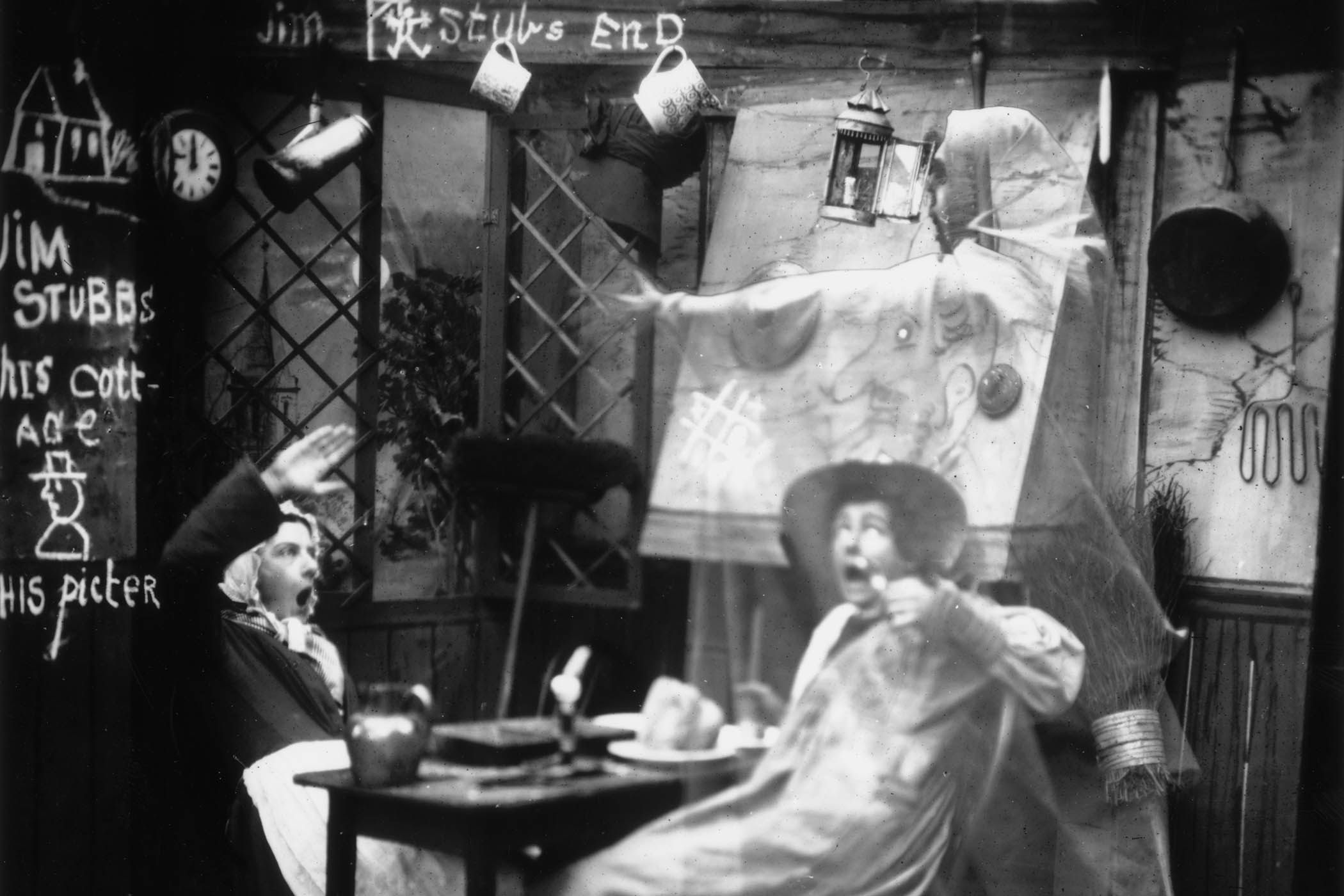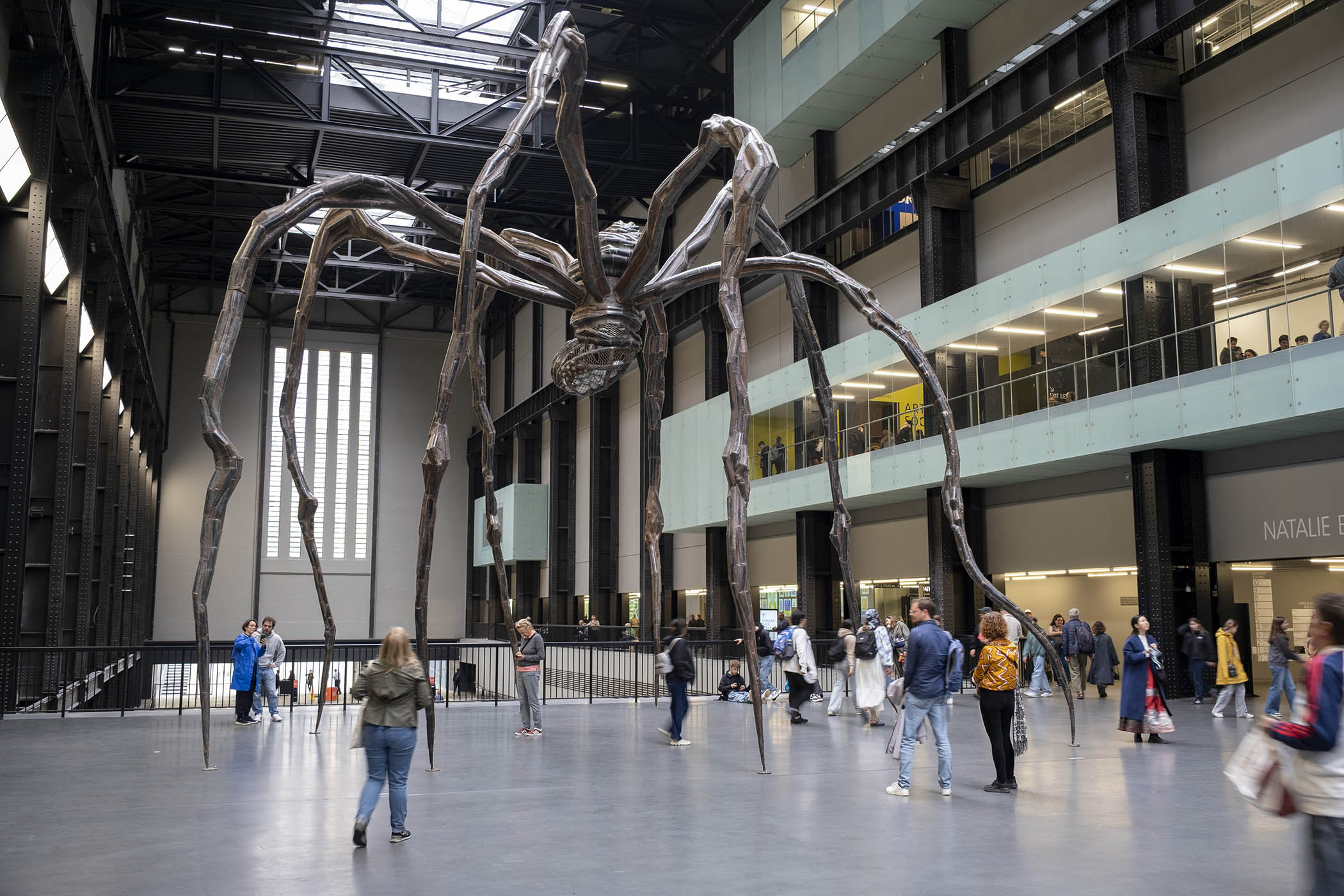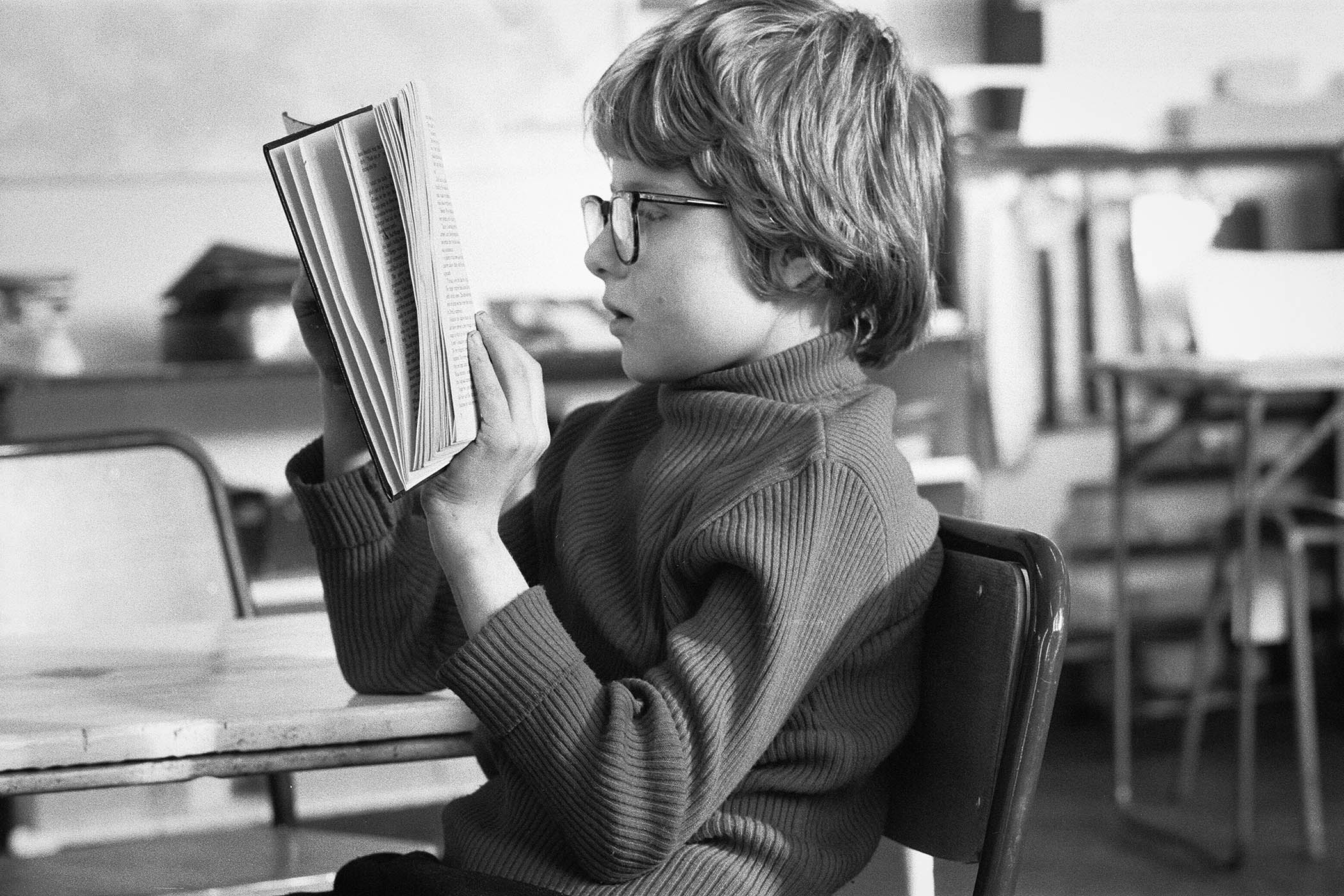From Moaning Myrtle to Jacob Marley, Britain has had a long love affair with ghosts. Now, data released by the National Folklore Survey for England, the first such mass study in 60 years, has revealed that one in three people in England still believes in them.
The exception is in the East Midlands, which appears to be a “folklore-free zone”, says project leader Dr David Clarke, associate professor at Sheffield Hallam University.
The survey was conducted by academics from Sheffield Hallam, the University of Hertfordshire and Chapman University in the US, using £271,000 of government funding.
The project aims to record beliefs and customs across England, following a survey of nearly 2,000 people conducted via Ipsos earlier this year, and raise awareness of folklore as a cultural asset.
Folklore encompasses many things, from ghosts to UFOs to morris dancing and pagan traditions. It’s sometimes spooky – local legends and hauntings – but also includes the festivals and customs that have lasted for generations. There’s been a huge revival in interest in recent years, says Clarke, particularly among young people.
Related articles:
Social media, especially TikTok, has helped rejuvenate urban legends and myths, and horror movies such as Midsommar and The Witch have brought folklore to the masses.
The BBC podcast Uncanny, which investigates the paranormal, has drawn in 40 million listeners over four series and is now a television programme.
“It’s intriguing that a large percentage of the people interviewed [in the survey] who said they’d had a potentially paranormal experience had never told anyone else about it,” says host Danny Robins.
“The witnesses I talk to are sensible, rational people, many of whom instinctively do not believe in ghosts but feel that they have seen something they cannot explain.
“They have nothing to gain from sharing their stories and, in many cases, feel that they have something to lose.” Those fears include ridicule or having their mental health questioned, Robins says.
And then there are those who just enjoy “spooky season”. Some 30% of respondents said they choose to watch scary films or TV around Halloween, and more than a quarter carve pumpkins.
Those under the age of 44, and people from north-west England, West Midlands and the east of England, are the biggest fans of Halloween. But over the question of why the East Midlands has little interest, Clarke is stumped: “It’s a bit of a black hole.”
Photograph by London Stereoscopic Company/Hulton Archive/Getty Images


